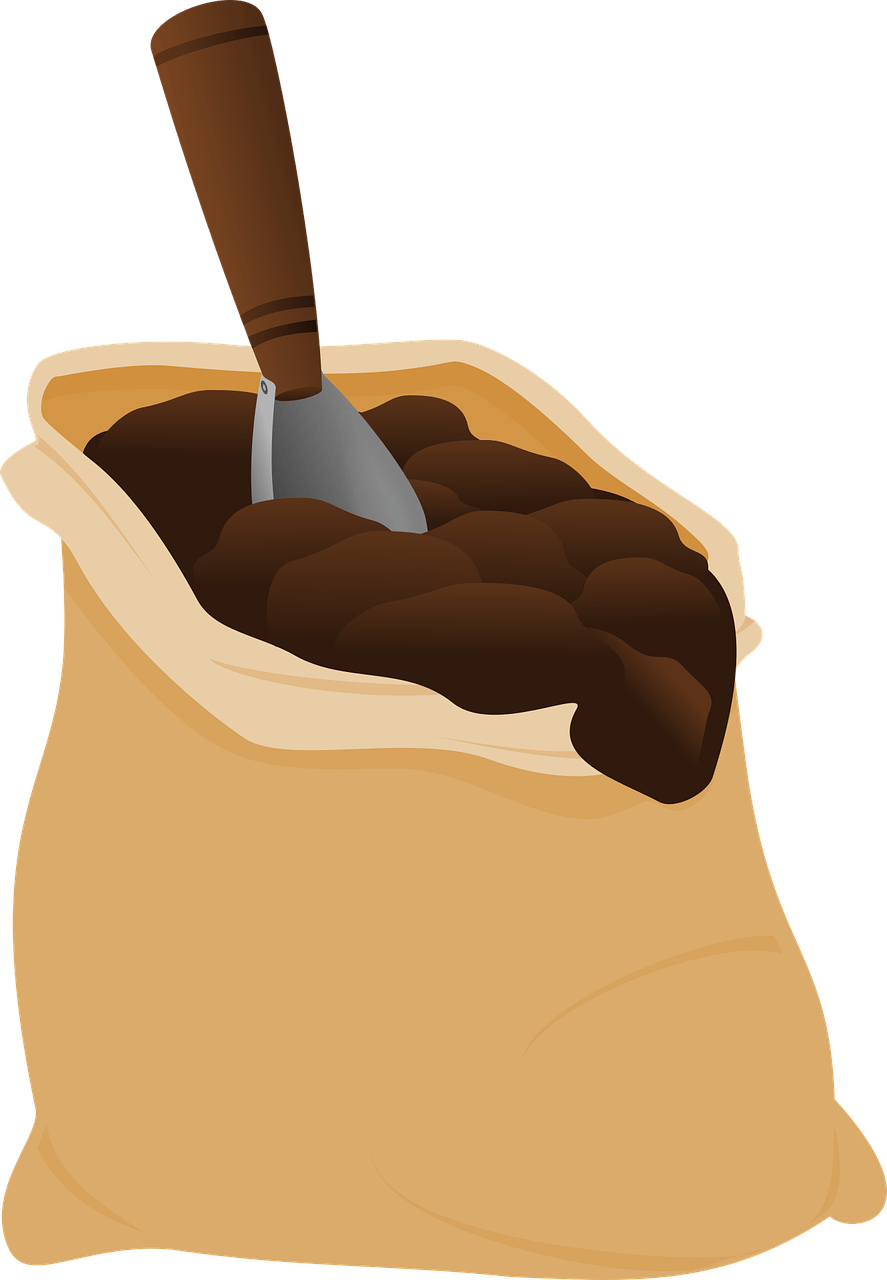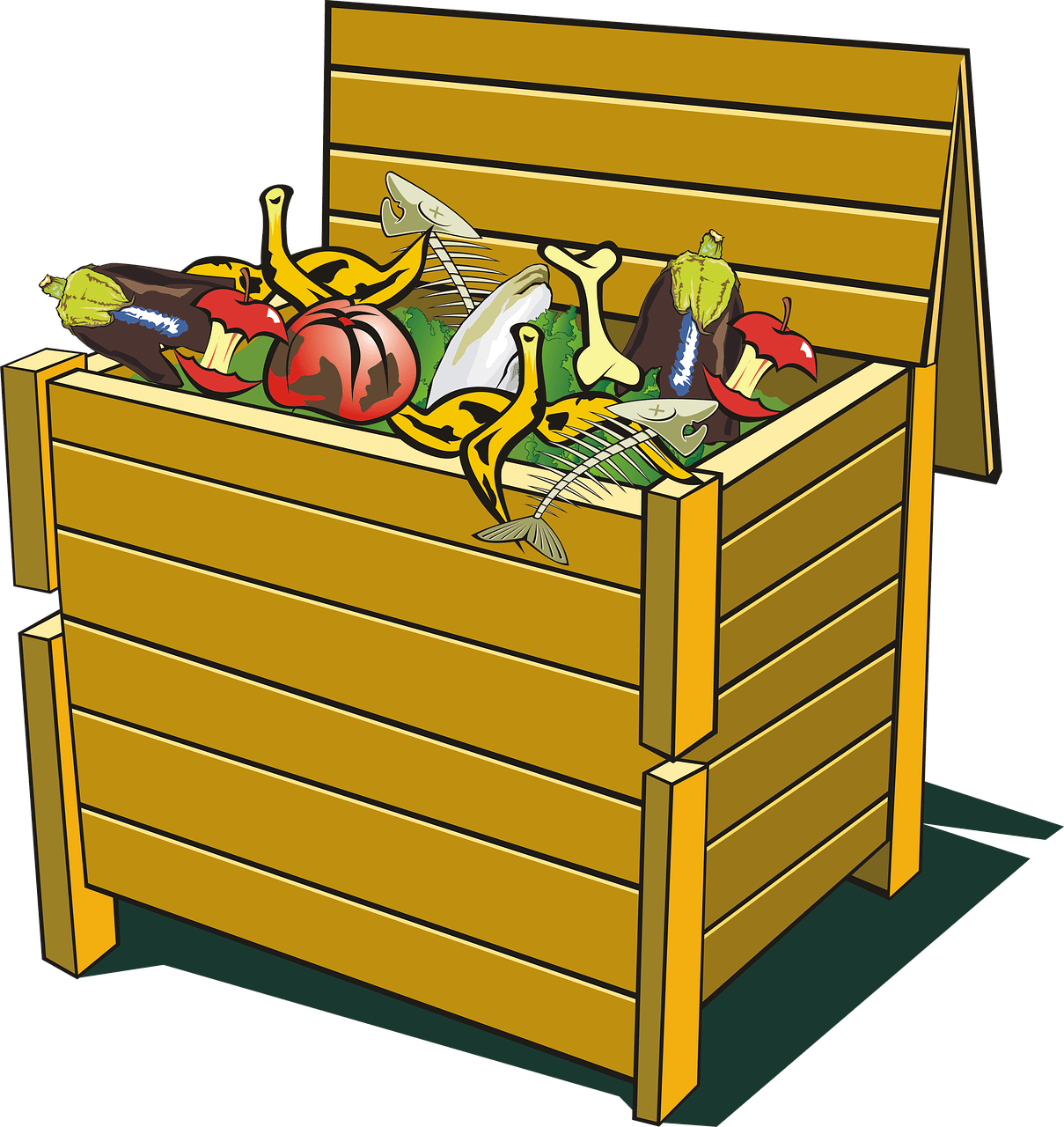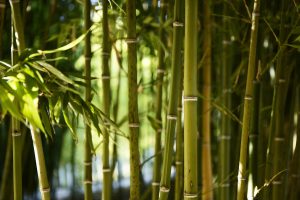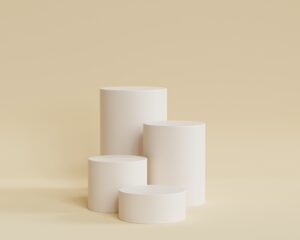Welcome, fellow garden enthusiasts! In our guide, “How Do I Compost Leaves Effectively?” we’ll uncover the secrets to turning those autumn leaves into nutrient-rich compost. Together, we’ll dive into the best techniques for shredding, layering, and maintaining the perfect balance of green and brown materials. By the end, we’ll transform our fallen foliage into a valuable resource for our gardens, reducing waste and enriching our soil. Join us as we embark on this eco-friendly journey and master the art of leaf composting! How do we compost leaves effectively? It’s a question many of us gardeners ponder each fall as our yards become blanketed in leaves. With the right techniques, those fallen leaves can transform into nutrient-rich compost, giving our gardens a lush boost come spring. Let’s dive into the world of leaf composting and explore the best practices for turning those autumn treasures into gardening gold.
Understanding Leaf Composting
Composting leaves is a fantastic way to recycle garden waste and enrich our soil. To get the most out of this process, it’s essential to understand the basics of composting and what makes leaf composting unique.
The Basics of Composting
Composting is the process of breaking down organic matter into a dark, crumbly, and earthy-smelling material called compost. This is achieved through the natural work of microorganisms, worms, and fungi. For effective composting, we need to create the right environment by balancing brown and green materials, maintaining moisture, and ensuring adequate aeration.
| Component | Description |
|---|---|
| Brown Materials | Carbon-rich items like dried leaves, straw, and cardboard. |
| Green Materials | Nitrogen-rich items like grass clippings, vegetable scraps, and coffee grounds. |
| Moisture | Water is essential for microbial activity. Compost should be as moist as a wrung-out sponge. |
| Aeration | Oxygen is necessary for aerobic decomposition. Turn the pile regularly to introduce air. |
Why Compost Leaves?
Leaves are an abundant source of brown materials. They are rich in carbon and nutrients, making them an excellent addition to our compost piles. Composting leaves helps reduce garden waste, improves soil structure, and promotes healthy plant growth.
Gathering and Preparing Leaves
The first step in leaf composting is gathering and preparing the leaves. This involves collecting the leaves, shredding them if necessary, and deciding on the composting method.
Collecting Leaves
When the leaves start to fall, it’s time to begin gathering them. We can use rakes, leaf blowers, or mulching lawnmowers to make the job easier. It’s important to keep in mind that different types of leaves may decompose at different rates.
Shredding Leaves
Shredding the leaves can significantly speed up the composting process. Smaller pieces break down faster than whole leaves, allowing us to produce compost more quickly. Shredded leaves also create more surface area for microorganisms to work on and prevent matting, which can impede airflow and slow decomposition.
To Shred or Not To Shred?
| Benefit of Shredding | Drawback of Not Shredding |
|---|---|
| Faster decomposition | Slower decomposition |
| More surface area | Potential matting issues |
| Easier to mix with greens | Harder to manage |

Choosing a Composting Method
Next, we need to decide on the composting method that suits our needs and resources. There are several techniques to choose from, each with its own benefits.
Traditional Compost Pile
Creating a compost pile is the most common method. It involves layering brown and green materials in a designated area. This method is simple and effective, especially if we have a backyard with enough space.
Compost Bin
A compost bin is a contained system that keeps our compost pile neat and reduces pest problems. Bins can be purchased or homemade and come in various sizes. They are ideal for those of us with limited space or who prefer a more organized solution.
Tumbler Composters
Tumbler composters are rotating bins that make turning the compost easy. This method speeds up the decomposition process by ensuring the compost is well-aerated. Tumblers are convenient and require less manual labor, making them a good option for those of us who want a low-effort solution.
Vermicomposting
For those of us interested in composting indoors or in small spaces, vermicomposting (using worms) is an excellent choice. Worms break down the organic matter and produce nutrient-rich worm castings. This method is efficient and produces high-quality compost, known as vermicompost.
Creating the Perfect Compost Mix
Now that we have gathered and prepared our leaves and chosen a composting method, it’s time to start building our compost pile. The key to successful composting lies in creating the perfect mix of ingredients.
Balancing Browns and Greens
The ideal compost mix contains roughly equal parts of brown and green materials. Since leaves are brown materials, we need to balance them with green materials to ensure effective decomposition.
| Browns (Carbon-Rich) | Greens (Nitrogen-Rich) |
|---|---|
| Dry leaves | Grass clippings |
| Straw or hay | Vegetable scraps |
| Cardboard | Coffee grounds |
| Wood chips | Manure |
Layering the Pile
Building the compost pile in layers helps maintain proper balance and aids aeration. Start with a layer of coarse materials like small twigs, which will improve drainage and airflow. Follow with alternating layers of brown and green materials.
Adding Soil, Manure, and Activators
Including a layer of garden soil or mature compost can introduce beneficial microorganisms to kickstart the composting process. Adding a small amount of manure or compost activators (available at garden centers) can also speed up decomposition by providing extra nitrogen and microorganisms.

Managing the Compost Pile
Building the compost pile is just the beginning. Regular maintenance is crucial for ensuring the composting process goes smoothly and efficiently.
Monitoring Moisture Levels
A compost pile should be kept moist but not waterlogged. The ideal moisture level is similar to that of a wrung-out sponge. Too much moisture can create anaerobic conditions, leading to foul odors. Too little moisture can slow decomposition.
Aerating the Pile
Turning the compost pile regularly introduces oxygen, necessary for aerobic decomposition. Use a pitchfork or a compost aeration tool to turn the pile every few weeks, mixing the materials thoroughly.
Managing Temperature
Compost piles naturally generate heat as microorganisms break down organic matter. A hot pile (120-160°F) decomposes faster and kills weed seeds and pathogens. To maintain this temperature, make sure the pile is at least 3 feet high and wide, and turn it regularly.
Troubleshooting Common Issues
Sometimes, compost piles can encounter issues. Here’s how to solve common problems:
| Problem | Symptom | Solution |
|---|---|---|
| Foul Odors | Smells rotten or like ammonia | Turn the pile, add more browns for aeration. |
| Dry, Slow Decomposition | Materials not breaking down | Add water, ensure pile is moist and well-mixed. |
| Pests (Rats, Flies) | Presence of animals/insects | Avoid meat/dairy, ensure bin is secure, turn pile. |
Harvesting and Using Compost
When our compost turns dark, crumbly, and has an earthy smell, it’s ready to use. Here’s how to harvest and utilize our homemade compost.
Harvesting Compost
Harvesting can be done by sifting the compost to remove larger, undecomposed materials. These can be returned to the pile for further breakdown. The finished compost should be uniform and free of recognizable materials.
Using Compost in the Garden
Compost can be used in various ways to benefit our garden:
- Soil Amendment: Mix compost into garden soil to improve structure and fertility.
- Mulch: Spread compost around plants to retain moisture and suppress weeds.
- Top Dressing: Apply compost to lawns and flower beds to nourish the plants.
- Potting Mix: Combine compost with other materials to create a nutrient-rich potting mix for container plants.

Benefits of Leaf Composting
Composting leaves offers numerous benefits for our gardens and the environment. Understanding these benefits can motivate us to embrace composting as a regular gardening practice.
Enriches Soil
Leaf compost adds organic matter to the soil, which improves its structure, water-holding capacity, and nutrient content. This enriched soil supports healthy plant growth and reduces the need for chemical fertilizers.
Reduces Garden Waste
By composting leaves, we divert a significant amount of garden waste from landfills. This not only reduces our environmental footprint but also recycles valuable organic material back into the ecosystem.
Promotes Plant Health
Compost contains essential nutrients and beneficial microorganisms, which promote robust plant health. Using compost in our gardens can lead to stronger, more resilient plants.
Supports Sustainable Gardening
Composting is a cornerstone of sustainable gardening practices. By recycling our organic waste, we contribute to a more sustainable and eco-friendly garden ecosystem.
Conclusion
Composting leaves effectively requires an understanding of the basics of composting, gathering and preparing leaves, choosing the right composting method, creating a balanced compost mix, and managing the compost pile. By following these steps, we can transform our fall leaves into valuable compost that enriches our garden soil and promotes healthy plant growth.
We hope this guide has provided you with the information and inspiration to start composting your leaves this season. Happy composting!



